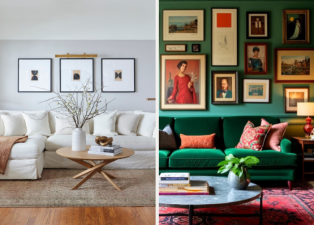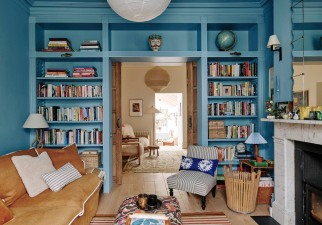Why Good Interior Design Boosts Home Value
A good home design should fully consider space planning, ensuring that every area is effectively utilized and meets the needs of all family members.
A sound layout and flow enhance the comfort and functionality of the entire home.
During the renovation process, many people focus on material selection, style, and color matching, but overlook the most crucial aspect: furniture placement. In fact, the proper placement of furniture not only affects living comfort but also directly impacts the overall aesthetics and practical value of the home. Poorly planned furniture placement can, at best, create a cluttered space, and at worst, significantly diminish the overall decorative effect and even affect the property's market value.
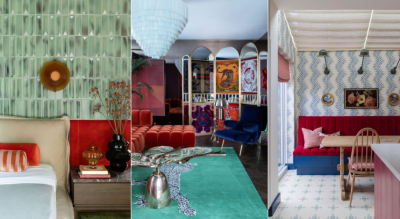
Why furniture placement is crucial to a successful renovation
- Determines space efficiency. Furniture is a key component of a home. A sound layout maximizes space utilization and enhances living comfort. However, a disorganized arrangement of furniture not only wastes space but can also hinder movement, seriously impacting daily convenience.
- Affects the overall decorating style. Many people spend a fortune on a stylish decor, only to have the overall effect compromised by poor furniture placement. For example, a modern minimalist style paired with cluttered furniture can instantly look out of place; a Scandinavian style lacking symmetry and white space can also lose its inherent aesthetic appeal.
- Determining a Property's Market Value: For properties intended for sale or rental, a well-planned, visually appealing living space can significantly enhance the buyer's or tenant's first impression. Conversely, if furniture is cluttered and space is poorly utilized, even the most luxurious decor will struggle to attract potential buyers, thus impacting the property's market value.
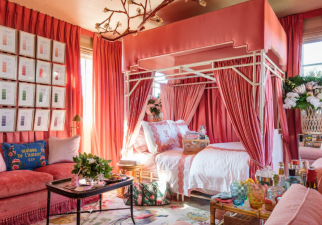
Common Mistakes in Furniture Arrangement
- Ignoring Flow Design: Many families prioritize aesthetics and functionality when arranging furniture, overlooking the crucial factor of "flow." Flow refers to the routes people take through a space. A well-thought-out flow can create a smoother, more convenient space. If furniture obstructs main aisles, it not only hinders daily commuting but can also pose a safety hazard.
- Furniture Size Is Inappropriate for the Space: Furniture that is too large or too small can disrupt the harmony of a space. For example, placing an oversized sofa in a small apartment can make the space appear crowded and oppressive, while using overly small furniture in a large space can create an overall sense of spaciousness and lack of warmth.
- Ignoring functional zoning: Failure to clearly delineate functional areas such as the living room, dining room, and bedroom can lead to a cluttered space. For example, in an open-plan space, failure to clearly define functional areas through furniture layout can easily create visual clutter and diminish the living experience.
- Random placement and lack of a unified style: Many families fail to develop a consistent style when selecting furniture, resulting in a mix of styles that significantly diminishes the overall effect.
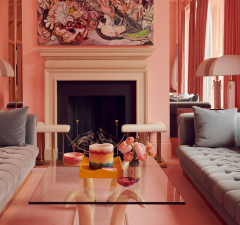
The Long-Term Impact of Furniture Arrangement on Property Value
- Improving Property Appeal: A well-designed, aesthetically pleasing home space often stands out in real estate transactions. Whether for personal use or investment, a good furniture layout can enhance a property's appeal and shorten the selling cycle.
- Enhancing Living Comfort and Quality of Life: A well-designed furniture arrangement not only improves living comfort but also fosters interaction and communication among family members, thereby improving overall quality of life.
- Increasing Property Value: In the resale market, decoration and furnishings are often important pricing factors. A home with a well-designed layout and consistent style often commands a higher premium than similar properties.
- Extending the lifespan of a renovation: Proper furniture placement can reduce the need for frequent furniture replacements and secondary renovations, helping to extend the lifespan of a renovation and saving costs in the long run.

